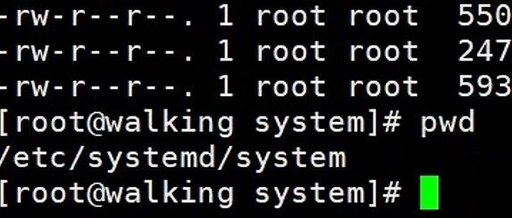Efficient Management Tool for Linux Services: systemctl
systemctl is a control tool for the system and service manager systemd, used to control the system and service manager of systemd. It is the primary tool for managing services in modern Linux distributions. In the Linux ecosystem, Systemd has been deployed in most standard Linux distributions, with only a few distributions yet to adopt … Read more









